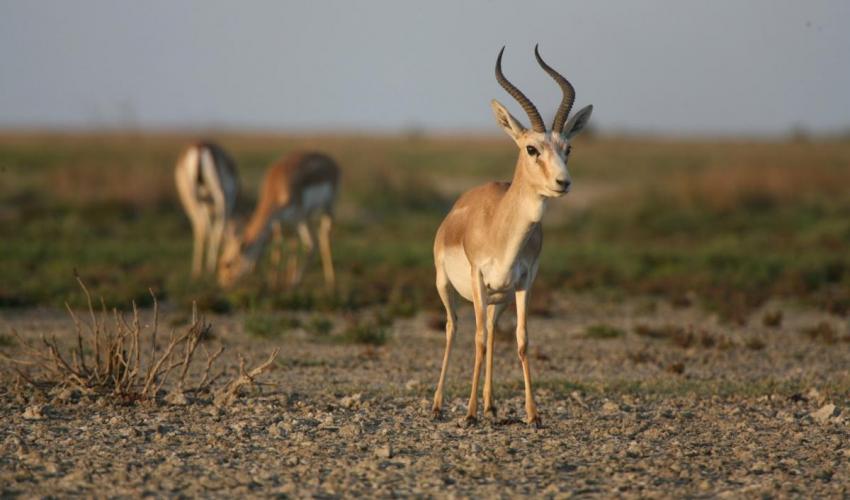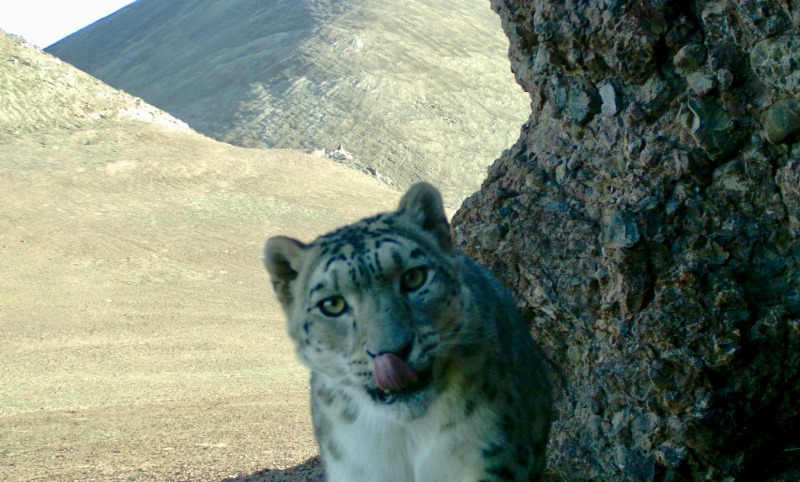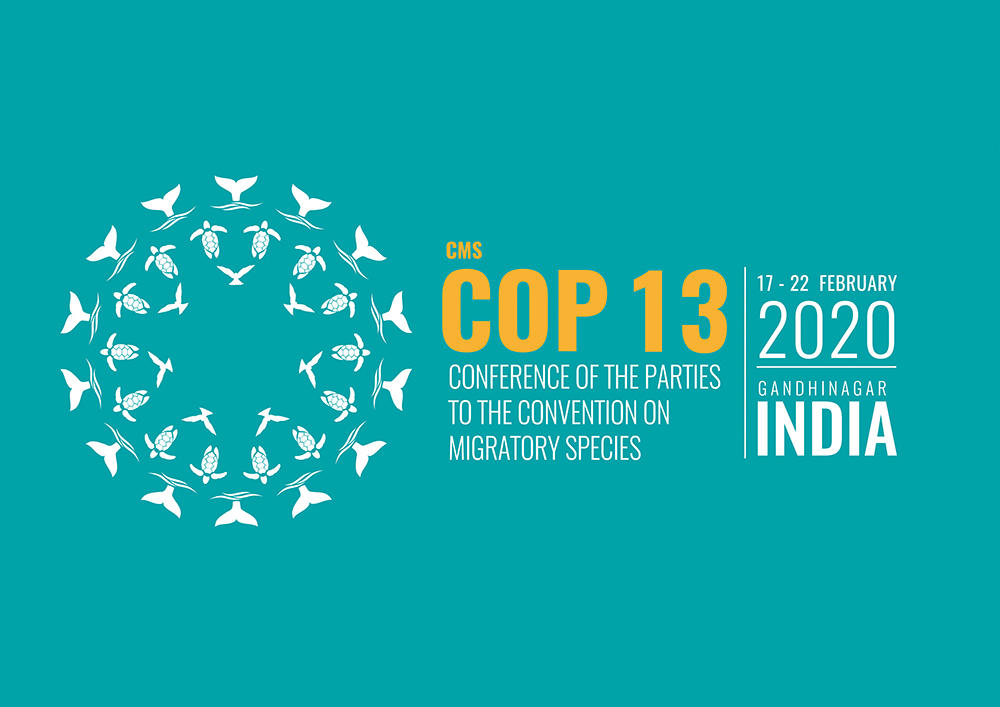Channelling action for migratory species from CMS COP13 in India to Central Asia
In February, the Conference of the Parties to the Convention on the Conservation of Migratory Species of Wild Animals (CMS COP13) adopted a decision for the CMS Central Asian Mammals Initiative (CAMI). CAMI’s Programme of Work for the period 2021-2026 was approved, incorporating IUCN Save Our Species’ Central Asia initiative as a possible funding mechanism for the conservation of key threatened migratory species and their habitats.
“IUCN Save Our Species is a funding mechanism that supports on the ground conservation. It is our response to the challenges to species identified by the IUCN Red List of Threatened Species™,” explained Jane Smart, Global Director of IUCN’s Biodiversity Conservation Group. “It supports civil society organisations by funding initiatives that address pressing threats to wildlife. Its goal in Central Asia is to support the implementation of the CAMI Programme of Work,” she added.
Through its Central Asian Mammals Initiative, the Convention of Migratory Species aims to conserve 15 migratory mammal species in Central Asia (including Snow Leopard, Saiga and Bactrian Camel) and their habitats. Due to their vital role in the ecosystem, safeguarding them is crucial to preserve intact ecosystems. Migratory species provide essential services to our environment, acting as pollinators and seed distributors, providing food for other animals and, in the case of predators, regulating the herbivore populations.
“Besides focusing on the conservation of individual species, CMS through CAMI also addresses urgent and major threats faced by all or most of these migratory species, such as linear infrastructure or poaching,” said Christiane Roettger, Coordinator of the CMS Central Asian Mammals Initiative. “We are excited to see the successful granting mechanism established through IUCN Save Our Species getting its official recognition at CMS COP13,” she added.
IUCN Save Our Species dedicated a side event at the CMS COP13 to talk about ways its Central Asia initiative supports the work of the Convention. In Central Asia, IUCN Save Our Species currently focuses on Goitered Gazelle and Snow Leopard, funding projects in both high-mountain and lowland semi-desert ecosystems. Population numbers of these species are decreasing and both are listed as Vulnerable to extinction by the IUCN Red List of Threatened Species™. Dr Ranjini Murali, Conservation Scientist from the Snow Leopard Trust presented one of the funded projects that aims to create co-managed protected areas and conservation-linked livelihood opportunities to save Snow Leopards and their prey in Kyrgyzstan.
All Parties to the CMS also adopted the Gandhinagar declaration. This sends a strong message on the importance of migratory species and the concept of ‘ecological connectivity’ for a new global biodiversity strategy that is expected to be adopted at the Conference of the Parties of the UN Convention on Biological Diversity (CBD COP 15), in October 2020 in Kunming, China.






